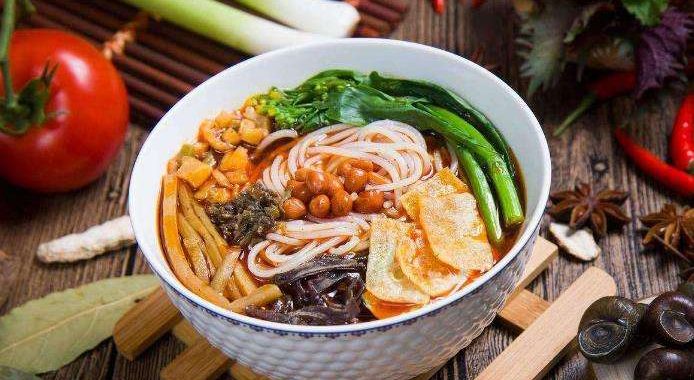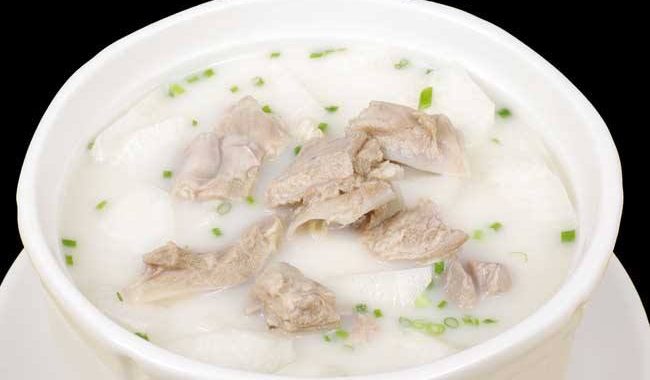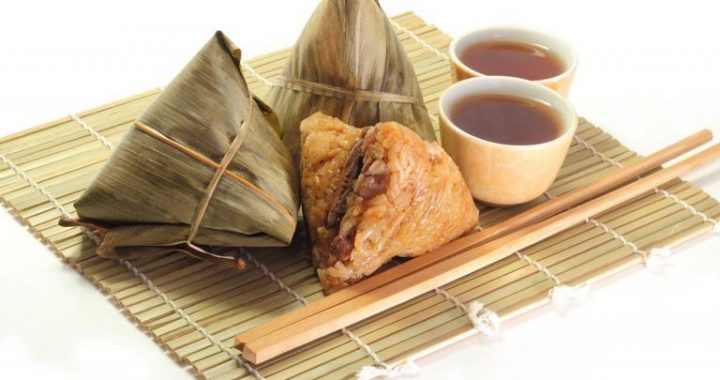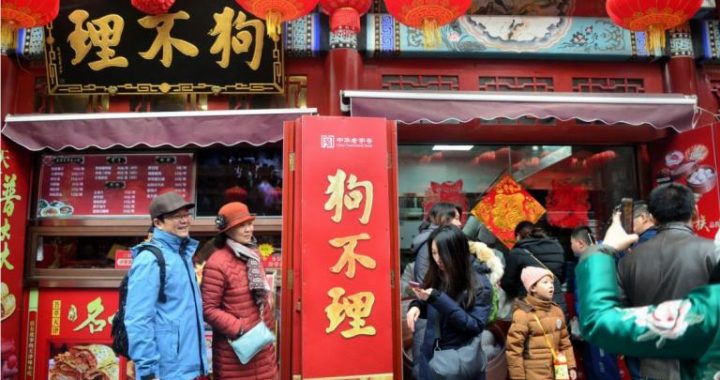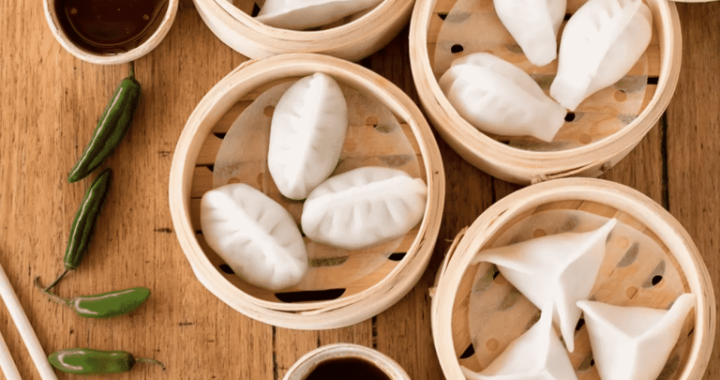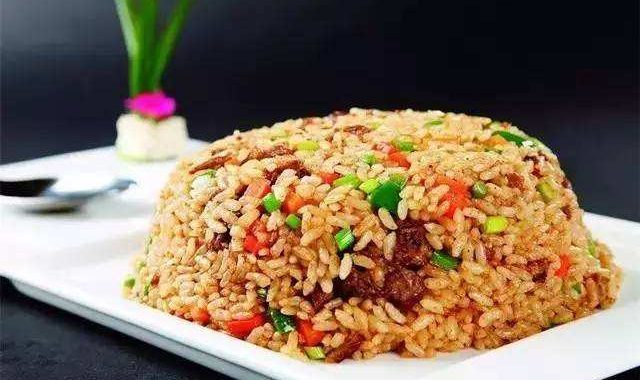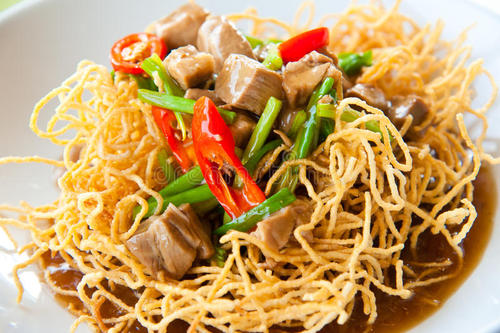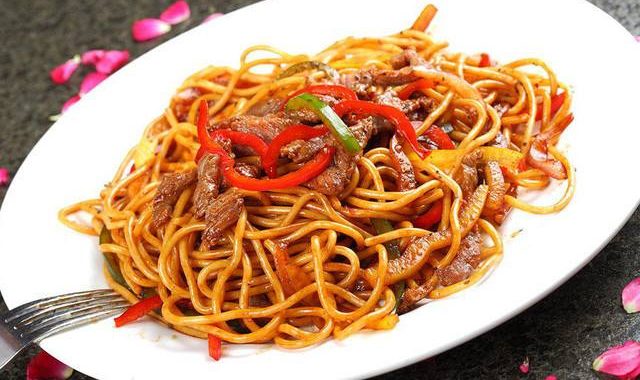Eating Etiquette
5 min readChina is a nation that attaches great importance to eating. People eat family reunion dinners during the Spring Festival, they also eat special meals during the Dragon Boat Festival, during the Mid-Autumn Festival, on their birthdays, at friends’ gatherings and before parting. Given the central place that food and dining plays in the country’s culture, it is not surprising that a set of rules developed that specified how people should conduct themselves when eating.
According to historic records, ceremonial meals in China have been governed by a set of rules and formalities for over 2,600 years. Over the centuries these “eating etiquettes”have changed, however, at modern cocktail parties and formal feasts, certain rules still apply.

The etiquette surrounding seating arrangements is perhaps the most important thing that the Chinese take into consideration when they dine together. The seat of honor is given to the most respected person, the eldest person, the host or the host’s most important guest. The seat of honor is usually a seat facing the south or the door. There are also rules on how people should take their seats: old people usually take their seats first, married people take their seats before single people, and unfamiliar guests take their seats before familiar guests. At some specific meals these rules canchange slightly. For example, at a banquet for an old person’s birthday, the old person takes the “seat of honor”and the daughter and son-in-law take the first seat on the east side and first seat on the west side of the seat of honor respectively. At a banquet to celebrate a baby’s first month birthday, the baby’s maternal grandmother often takes the “seat of honor”. At a wedding banquet, the “seat of honor”is usually reserved for the bride’s uncle.
There is also a set of rules on how dishes should be arranged. Dishes with bones are usually put on the left side of the dining table, and pure meat dishes are put on the right side of the table. Rice is put on the left side, and soup, wine and beverages are put on the right side. Roasted meat is put at the far end of the table, and flavorings such as vinegar, sauce, onion and garlic are put at the near end. Cold dishes are served before hot dishes, and dishes are served from the left side of the seat that faces the guest of honor.
The combination of food served at Chinese meals is also governed by rules. For example,a big-table banquet in Northern China will feature a standard menu. Four cold dishes, mostly consisting of meat, are usually served first as accompaniments for wine.
In 1990, an old couple in Heihe City, Heilongjiang Province celebrated their 90h birthdays and the 70″anniversary of their marriage, and their children raised their cups and expressed good wishes.
These are normally a little more substantial than the cold dishes that preceded them. Then four mixed dishes are served. Soup is served at this point to stimulate the appetite. After this, themain course is served. This features as many as four types of delicious meat or fish that have been prepared in a variety of exciting ways. After the main course, sugar beet, desserts and porridge are served. Soup and seasonal fruits are served last.
When they eat at home, Chinese people do not normally drink wine at every meal. However, wine is indispensable at banquets. After the guests take their seats, they are toasted by the host who says,”I will drink up first.”Then the guests stand up, and the host and guests drink together. At wedding banquets, the bride and the groom also toast every guest. It is therefore not surprising that ordinary Chinese people call wedding banquets “drinking wedding wine”.
When eating at a banquet in China, people must also follow a set of rules(i.e.”table manners”). From childhood, Chinese people are told to “stand, sit and eat properly”. They are also shown how to hold chopsticks and how to pick up food in the correct way. Table manners also govern how one should talk at the table(when it is polite to talk cheerfully and humorously, when to keep silent, etc.) Parents use a variety of ploys to encourage their children to behave properly. For example, some tell their children that pockmarks will appear on their faces if they leave any grains of rice in their bowl. Children are instructed not to eat with their fingers or to lick their fingers, not to take too much food at one time and not to pick up and turn food too often. While eating, they are told not to make a noise or to gorge themselves with food. While drinking soup, they are told not to make wheezing sounds or to wet their mouths. After finishing their meal, they are told to say “I’m done”or “I’m full”rather than “I have eaten the meal”. They are also told not to leave their seats before other people.
Chinese people attach great importance to table manners. This is especially true for older generations. However, some Chinese table manners are quite difficult to get right.
Drinking soup and eating noodles politely are particularly difficult skills to master. For Westerners, it is quite easy to drink soup without making a noise as their soup bowls are shallow Grandmothers and babies of the Zhuang People in A Prince Residence banquet on display at the Quanjude Longlin, Guangxi. They are at a banquet to celebrate first restaurant in Wangfujing, Beijing.
However, for Chinese people, who like drinking hot soup, it is difficult not to make a sound. Westerners use forks to twist noodles into manageable mouthfuls.

They can therefore eat them in a refined manner. However, Chinese people use chopsticks to eat noodles. This means that they have to suck the noodles into their mouths. It is difficult to do this without making any noise.
As China’s society has opened up, many people, especially the young, have begun to regard the country’s traditional table manners as excessively restrictive and trivial. However, the truth remains that etiquette and rules help make meals (especially formal banquets) more harmonious, orderly and enjoyable.

